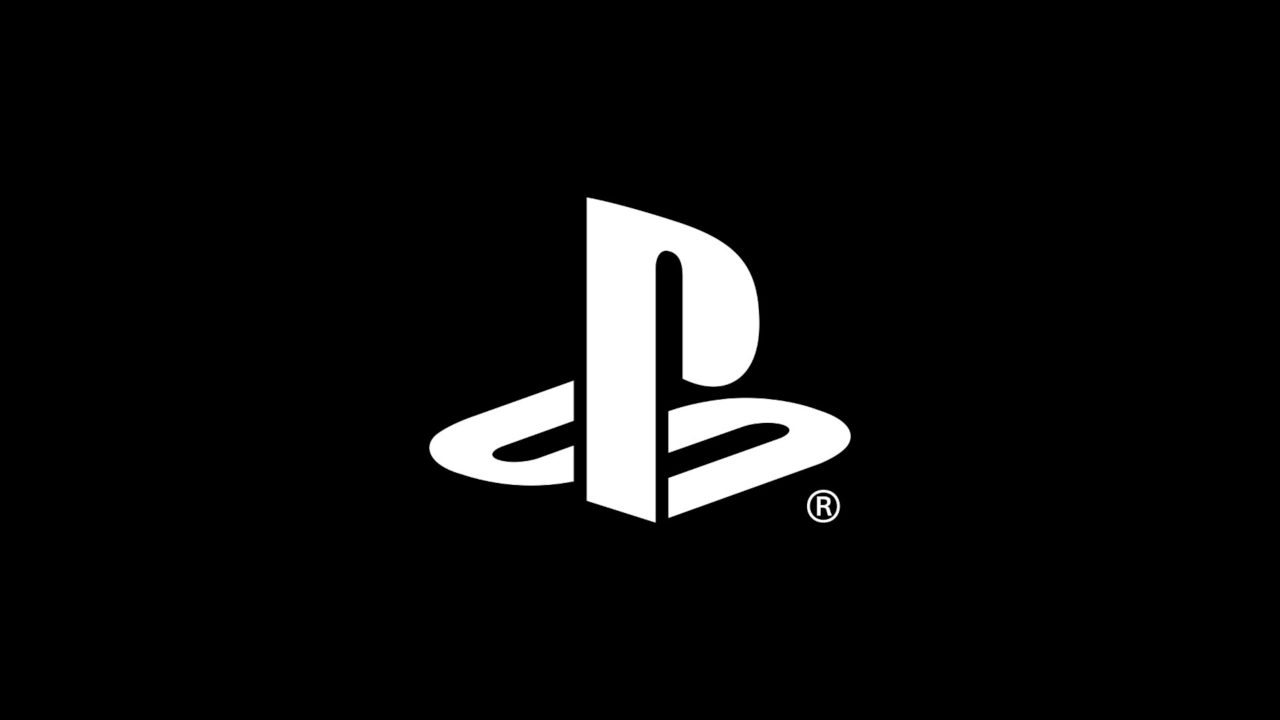Biff
Member
Shit you're right, I totally missed this. I didn't know they officially confirmed PSVR2 already:Sony already said it will use a single cable.
It will connect to the PS5's front USB-C port.

Introducing the next generation of VR on PlayStation
First details on the next-generation VR system coming to the PS5 console.
 blog.playstation.com
blog.playstation.com
That is super disappointing. The PSVR was a 9/10 device (only dinged a point for sub-par resolution as the design was otherwise perfect) with a 5/10 experience (dinged 4 points for the highly restrictive and immersion-killing cable). A PSVR2 can be a 10/10 device but as long as it is still wired it's a mediocre-at-best experience and I'll have to pass.
Last edited:
